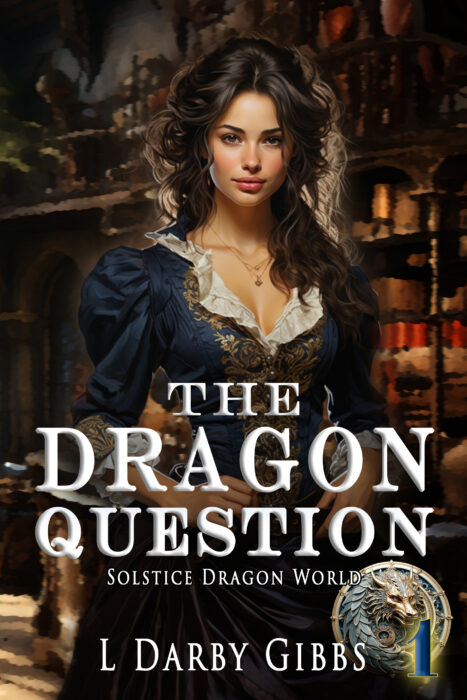Find at Amazon, Smashwords, Kobo, Barnes & Nobel. So you have some story or novel planning to do. You’re feeling a bit pressed for time or pressed with concern for writer’s block. Try a classic story line and build your story around it. A. A table has been dropped by your character’s house. It was…
Tag: Arthurian Legend
The pen is my sword. I have written before that writers are readers. We read for our own enjoyment and to learn techniques, both through exposure to well-written work and through examination of the works we read. Lu Chi’s Wen Fu (which I have cited in the past) said it best: When cutting an axe…
